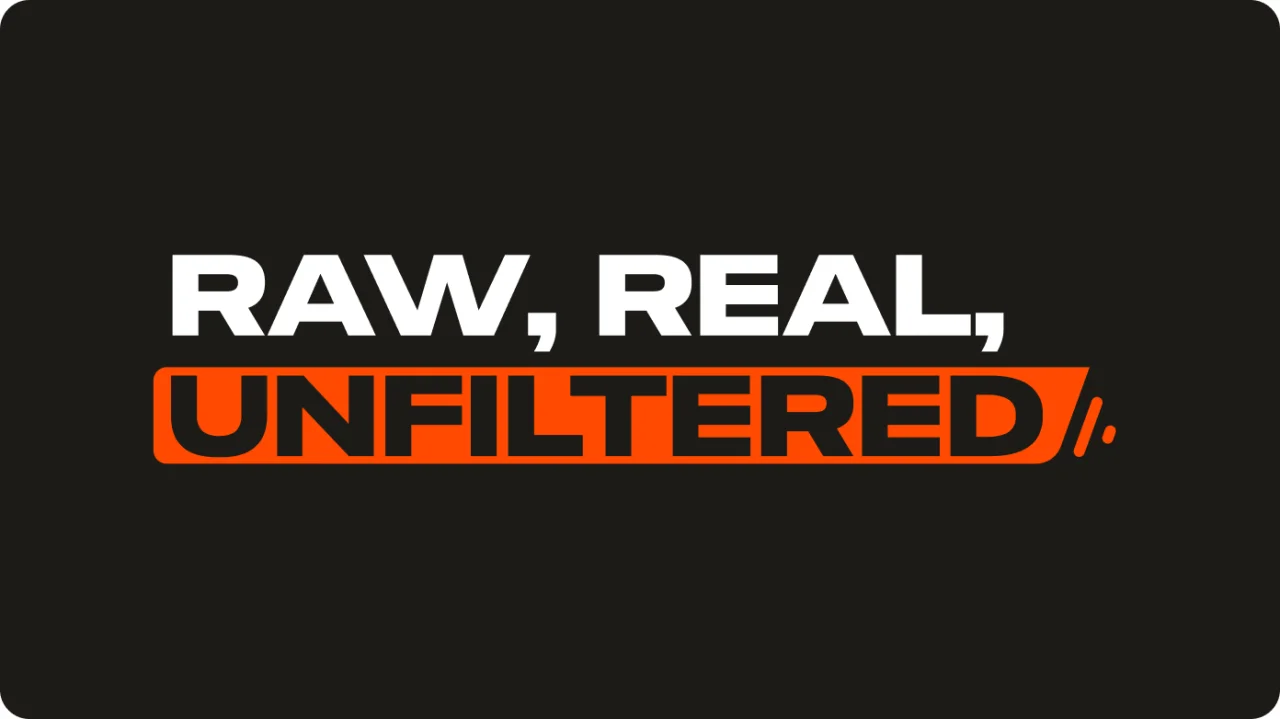Penalty for Not Paying Quarterly Taxes (Don’t Risk It)
So what happens if you forget or avoid paying? You could be assessed a penalty for not paying or for underpaying quarterly taxes.
You can avoid the penalty if you:
Owe less than $1,000 in taxes for the year
Pay at least 90% of this year’s tax or 100% of last year’s tax (110% if your income is over $150,000)
The penalty is essentially interest on what you should have paid and is calculated based on how much you underpaid and how late your payments were.
Stay on the IRS’s Good Side By Staying Organized
Quarterly taxes aren’t the most glamorous part of your business journey. But keeping up with them saves you a world of stress (and money) come tax season.
Here’s a quick checklist to stay organized:
Track your income and expenses monthly
Use accounting software (or at least a detailed spreadsheet)
Set quarterly reminders on your phone
Bookmark IRS Form 1040-ES and IRS Direct Pay
And don’t be afraid to talk to a tax professional. Even a one-time consultation can help you set up systems that make life easier.
Keep Calm and Pay Quarterly
If you’re a first-time founder or solo entrepreneur, quarterly taxes might feel overwhelming, but they don’t have to be. Stay organized, plan ahead, and know the key dates and rules. You’ve already taken the bold step of starting a business; this is just one more skill you’re adding to your toolkit.
Disclaimer
Bizee and its affiliates do not provide tax, legal, or accounting advice. This material has been prepared for informational purposes only and is not intended to provide, and should not be relied on for, tax, legal, or accounting advice. You should consult your own tax, legal, and accounting professionals.
Resources
IRS, Direct Pay with bank account - Link
IRS, EFTPS - Link
IRS2Go App - Link
IRS, Pay your taxes by debit or credit card or digital wallet - Link
IRS, Underpayment of estimated tax by individuals penalty - Link
IRS, Pay as you go, so you won't owe: A guide to withholding, estimated taxes and ways to avoid the estimated tax penalty - Link






